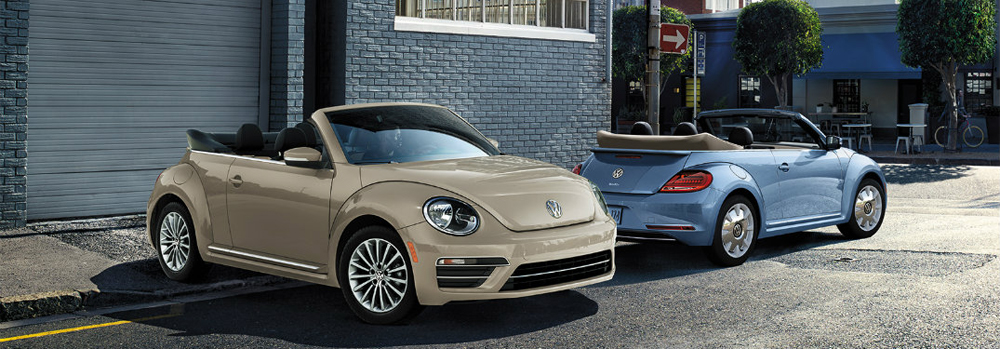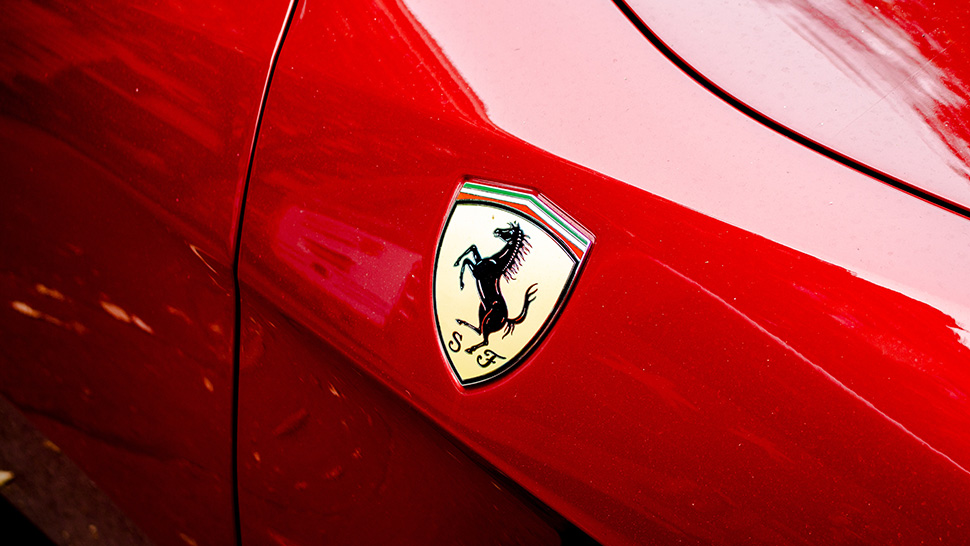The Volkswagen Beetle is one of the most iconic cars of all time, throughout its lifetime it has been known for many things. What started as an idea by Adolf Hilter to create a “people’s car” in pre World War 2 Germany, slowly but surely took over the world with its iconic design and became a symbol of the 70’s pop-culture movement.
The VW Beetle, one of the most recognised cars of all time, is officially dying. The last few Beetles are rolling out the production line and there’s no hope of more ever being made. Born in 1938, the car has had an 81 year lifespan.
Believe it or not, the car that took hippies by storm, is also the car that was born out of the mind of Adolf Hitler, late 1930s Nazi Germany had a whole host of social programmes to reward hard-working, loyal Germans in the country. The Volkswagen (translated to People’s Car) was a kind of reward scheme and was designed by Austrian engineer Ferdinand Porsche.

Despite its questionable origins, the car eventually took the world by storm. post Second World War, the car started to become a serious player in the foreign market, the U.S. was importing countless Beetles from Germany in the 50s and 60s.
By 1955, the one millionth Beetle had been created, in 1968, the U.S. had 563,522 Beetles, more than 40% of all Beetles being produced at the time. The Germanic car’s popularity stood for a new globalised world, where people had tastes for products beyond their own country.

“Unlike in West Germany, where its low price, quality and durability stood for a new postwar normality, in the United States the Beetle’s characteristics lent it a profoundly unconventional air in a car culture dominated by size and showmanship,” wrote Bernhard Rieger in his 2013 history, “The People’s Car.”
The Beetle became a symbol of counterculuture in the U.S., as well as a vehicle quite literally driving pop culture forward.
The car also had growing pop culture clout as it suddenly became a movie star. Back in the 60s, Disney chose a VW Beetle as the lead role for its movie ‘The Love Bug’. Herbie was a sentient car that got involved in crazy races. The popularity of the movie made the Beetle all that more lovable.

The car went from a serious piece of German efficiency, built entirely for the purpose of economy and usability in Germany, to a vehicle bought for fun. The car became a canvas, used by the counterculture movement in the 70s to graft messages onto.
The car after the war was seen as a lot less practical suddenly, people were richer, they could afford more spacious cars, suddenly it became an absurd idea to own a car like the Beetle, that was small and quirky looking. It is also this reason which is why counterculture people loved it. It became a symbol of fun and expression over reason and efficiency.
Onto the 70s again, The Beatles, the band that is, propelled the VW car’s popularity once more. Suddenly, by simply featuring in The Abbey Road album cover, the car was linked directly to one of the most popular bands of all time, as well as their music.

The car’s popularity began with it being cheap, as this eventually dried up, the selling point suddenly became quirkiness, and right now, it is a nostalgia trip of all those glorious hippie days before us.
The last of the 5,961 Final Edition versions are headed for a museum after ceremonies in Puebla (the cars were made in Mexico for a time) on July 10 to mark the end of production.




.jpg)